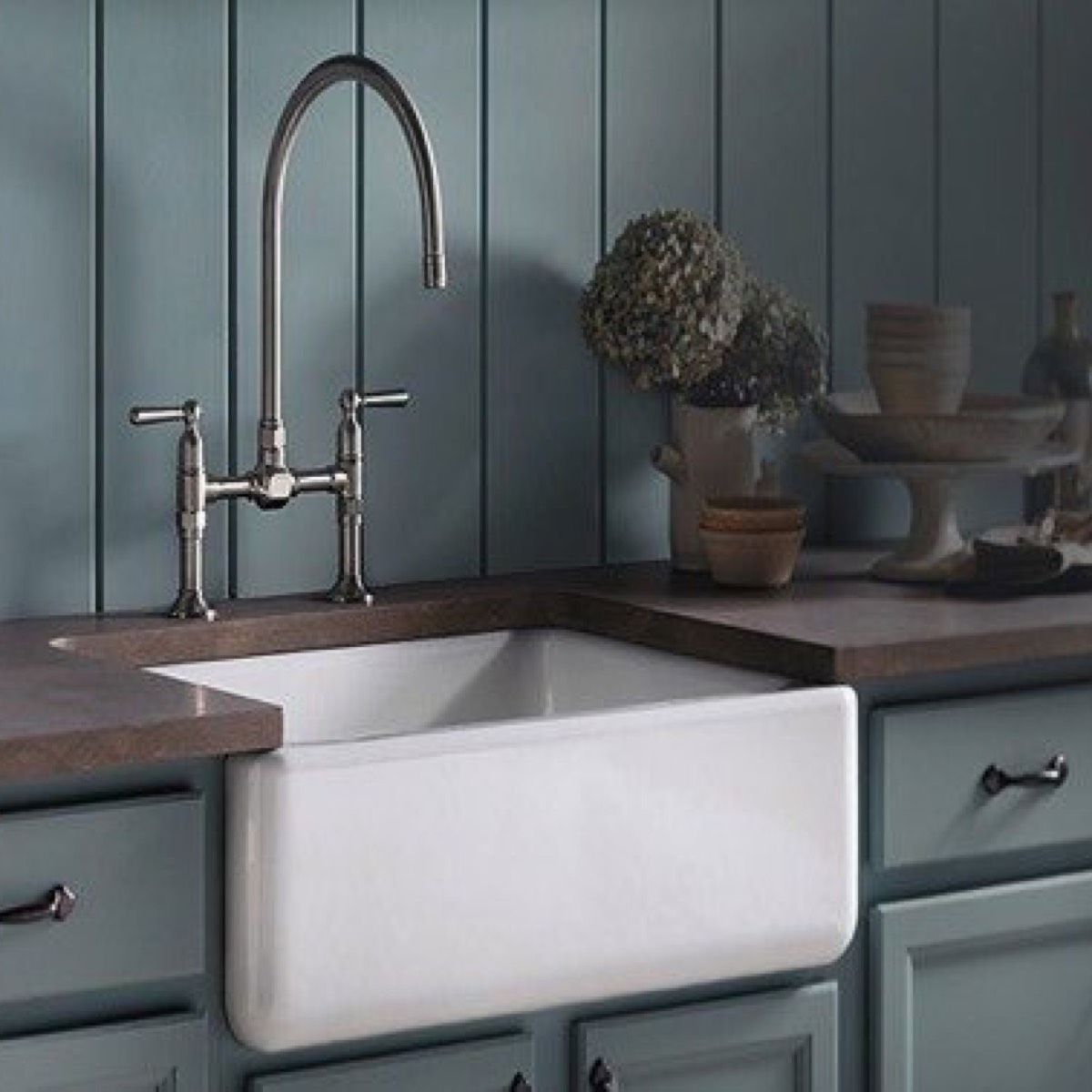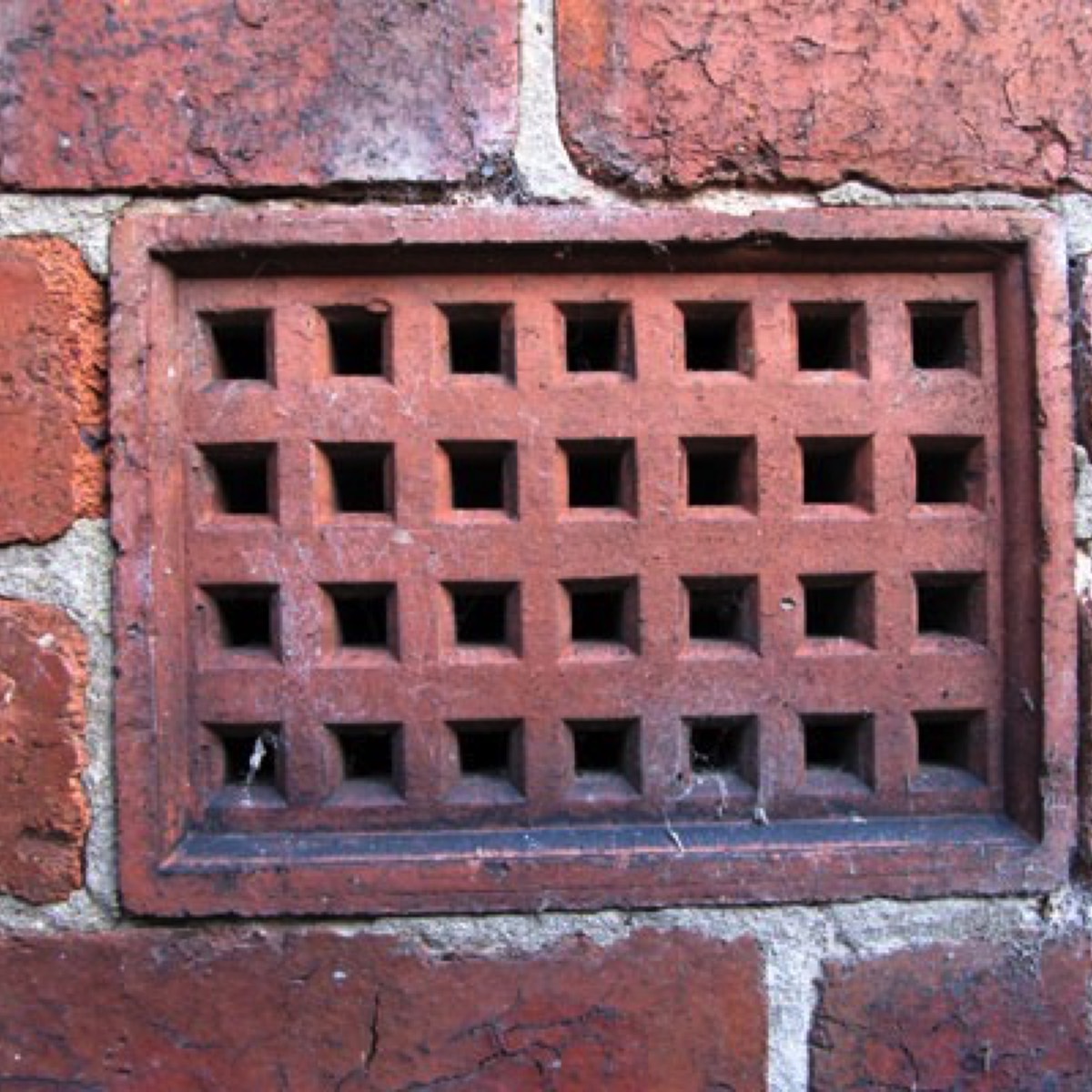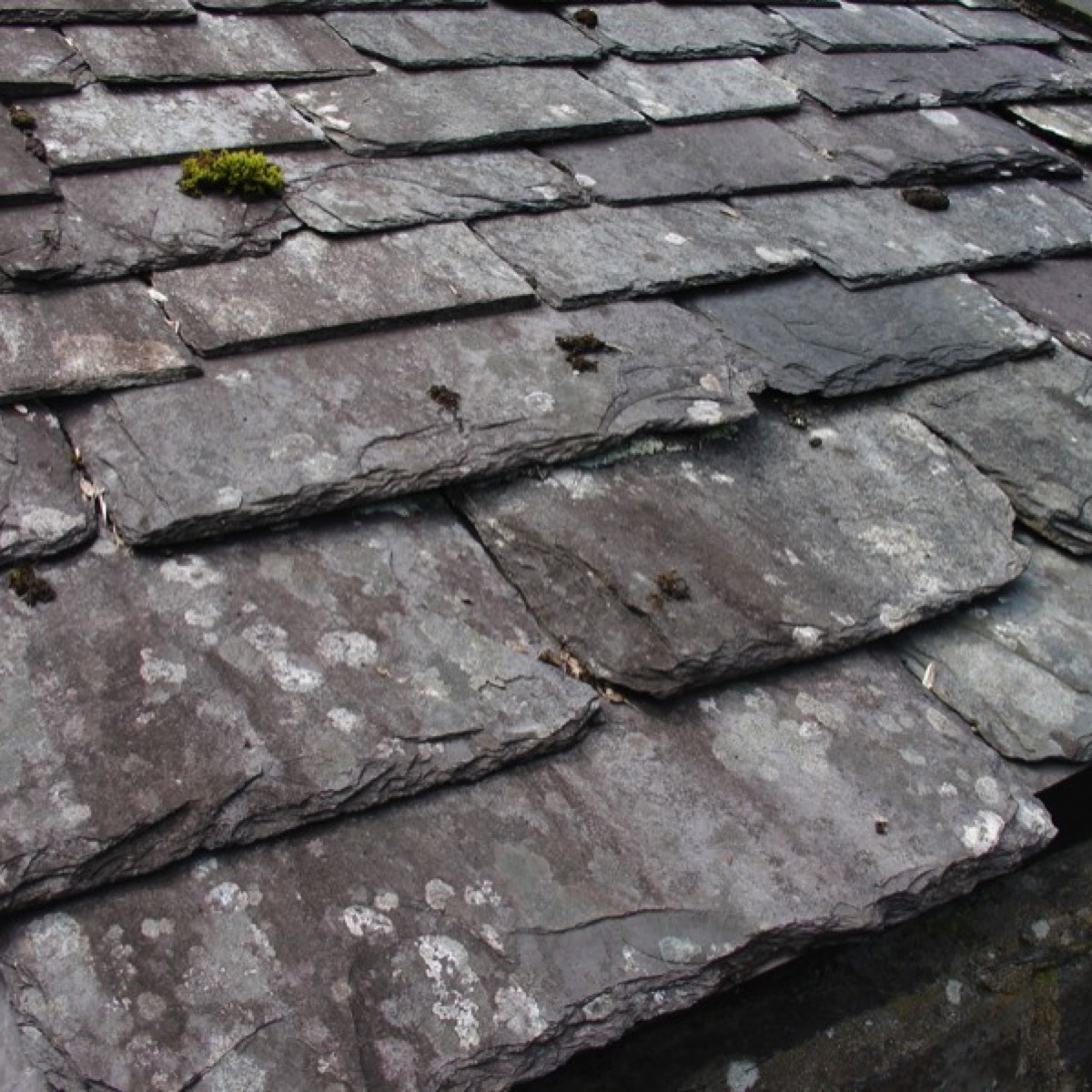How Much Does it Cost to Fix Cracks/Subsidence and Movement?

Job Costs
| job | Description | labour |
| 1 | Arresting movement may require underpinning, which might cost well over……. | £10,000 |
| 2 | Stopping a wall bowing or moving, may require “tying in” or the replacement of wall ties, this could cost over…….. | £5,000 |
| 3 | Returning the wall to its original position. If you want this doing there will be extra cost of course. This could be in the region of… | £5,000 |
| 4 | Pointing up a crack or replacing a few bricks is child’s play compared to the above which all need either specialist companies or at very least experienced general builders. Most making good can be completed in a day by 2 men plus a few materials ………. | £300 |
Information Sheet on fixing Cracks, Subsidence and Movement
Before sorting out a crack you have to know that the movement that caused it has stopped, or you are wasting your money. Sometimes, this is easier said than done.
This article is only ever going to scratch the surface of the subject of movement in buildings. Far better men and substantially better qualified men, than this humble writer have devoted their lives to the subject.
However let’s have a bash at it anyway. There are 3 or 4 basic types of movement, which affect all buildings. In a sort of descending order of “nastiness” they are subsidence, settlement action by external forces and thermal movement.
Subsidence
This is ground movement. It has several causes but essentially, the “earth” under your foundations moves. It can be washed away by water leaking from drains or it can increase in volume as water suddenly arrives.
Felling a nearby large tree or a very wet winter after a very dry summer can suddenly create a lot of ground water, which if the house is built in clay can increase it’s volume considerably.
Settlement
This is when the building is moving. Now all buildings move, hopefully very slowly indeed so that you hardly notice it. Settlement, is accelerated or prolonged movement which you do notice. It’s common for cracks to appear for a while in new houses as they “settle down” and all the different components learn to live with one another, so to speak. This kind of settlement is expected and it usually stops after a while and everything is fine. Problems arise when it doesn’t stop.
The importance of Foundations
An example is a Victorian house built on “dodgy ground”. In those days houses were built on a footing rather than a foundation. A footing is simply a few courses of bricks below the ground laid to spread the load of the wall above. They might be no more than a foot or so deep and don’t really get down much below the topsoil. This amazingly has proven to be adequate in very many old properties but now and again…….!
By contrast a recently constructed single storey extension to your home may now have to be built on a concrete foundation more that a metre deep.
My house is 200 years old and made of stone. It will have hardly any footing, and the mortar used will be incredibly weak. I’ve been here six years and have shaved my bathroom door twice in that time. Doorways are a good place to observe movement, when a door suddenly doesn’t close anymore, something somewhere is stirring!
External Influences
External forces which cause cracking, can be tree roots, water ingress, ice and us. Tree roots are pretty obvious I think. If rain water finds a crack and there’s an old steel lintel in the wall and it’s been rusting for 10 years, the rust increases its size and forces the surrounding brickwork to move.
Like rust, ice expands and a good example of its effect is a wooden Victorian sash window. Over time these can move into the room as winter rain gets between them and the external pointing. The bricks usually stay where they are, so if the water freezes the ice pushes on the window and it will eventually join you watching telly.
Thermal Movement
Thermal movement is caused by adjacent materials expanding and contracting at different rates. If a plasterboard bedroom ceiling with no weight above it cracks, it’s likely that thermal movement is the cause. The plasterboard expands at a different rate to the joists holding it and you end up having to use filler before you decorate.
The Human Factor
“You” can cause cracking to your living room ceiling by having the temerity to walk about on your bedroom floor or use the bed for excessive extra-curricular activity.
“Us” in the form of incompetent builders and their faulty materials can cause movement. Skimping on cement in the brickwork mortar can make a weakened wall bow over time. Badly galvanised ties in cavity walls can rust away, thereby allowing walls to bow.
In Conclusion….
Cracks come in different sizes and shapes. Ideally, if you have any external ones, they are half a millimetre thick and follow the mortar beds of the brickwork. If they travel straight through the bricks, are an inch wide and appeared yesterday, put your mouse away now, go upstairs and pack your suitcase.
All cracking in walls needs to be investigated. You can start the process yourself if you’re feeling brave by fitting some “tell tales”. Buy some glass microscope slides and “araldite” or similar glue that sets solid with no give. Stick the glass slides to the bricks so they bridge the crack in several places then sit back have a beer and note when the glass cracks. If you’re still there in ten years time, have another one. If you decide to call in a surveyor, leave the cracked “tell tales” in position for him to see, he can then begin his investigations immediately without having to undertake the procedure himself.
Good Luck
FAQs 'traffic light' guide
-
What's easy about this job…
Open or CloseIf all goes, well, it's just settlement that can easily be fixed.
-
What's tricky about this job…
Open or CloseDetermining the exact cause. This can take time.
For all job costs click on the appropriate section below:
www.buildingsheriff.com
Copyright The Building Sheriff Ltd 2017


